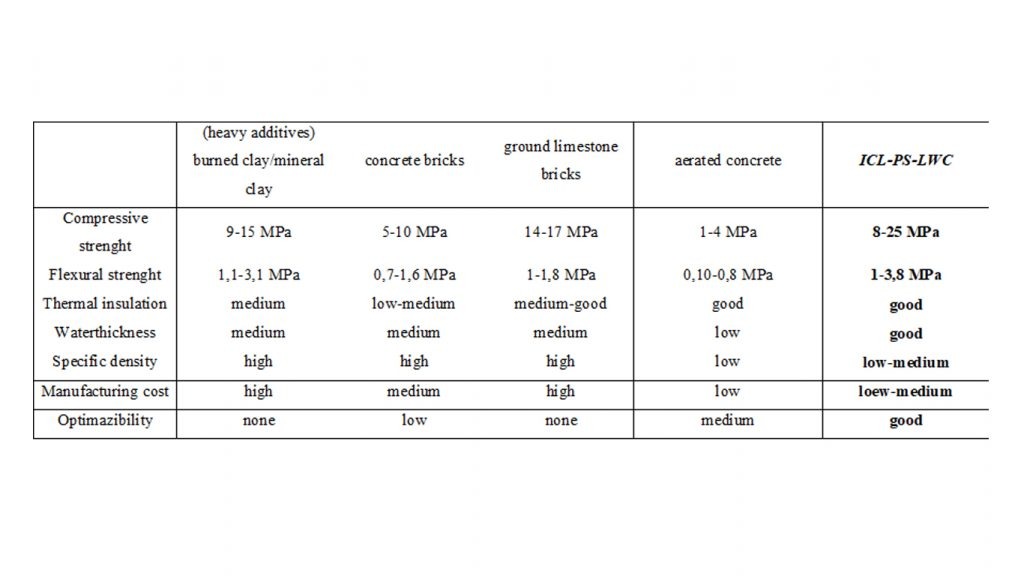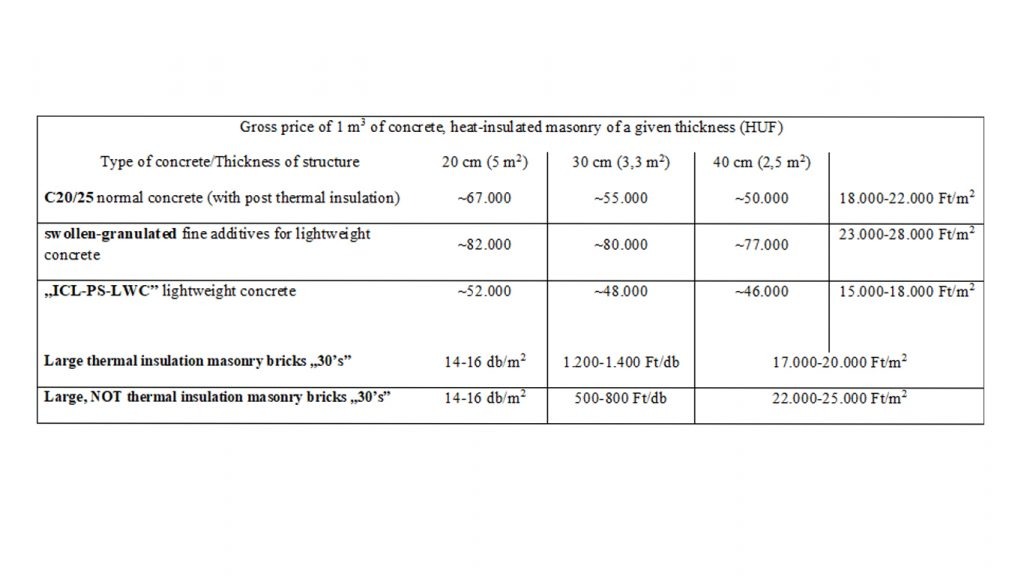Below you can find some useful information and professional materials, which are mainly related to polystyrene concrete (lightweight concrete) and other lightweight admixtures.
Some facts about the use and application of polystyrene beads
Polystyrene, as a raw material, is used in many different ways in the industry due to its favorable properties. It is most often encountered as a packaging material, space and frame filler, or as a raw material for thermal insulation systems. Polystyrene beads are practically spherical particles “filled” with air.
There are basically 3 types of it in everyday life:
- EPS (Expanded PolyStyrene): a low specific gravity and high volume set of high air content spherical particles of various particle sizes, this type of PS is most commonly used as a packaging and insulating material.
- XPS (Extruded PolyStyrene): extruded tabulated insulation materials, primarily used as step-resistant or structural insulation materials. It typically has a higher density than EPS.
- PPS (Prepuff PolyStyrene): a raw material produced during the recycling of polystyrene waste, mainly as a surface coating material.
Whether they are used / used as packaging material or as insulation material, like most plastics, the storage and processing of the waste generated from them is a problem. Fortunately, nowadays more and more countries ban their direct / indirect incineration and pay special attention to their reprocessing and recycling.
Recycled polystyrene beads are mainly used as construction raw materials, but their use is significantly limited by the fact that the materials that can be made from them (mortars, concretes) have poor mechanical properties, although their thermal insulation properties are very good.

